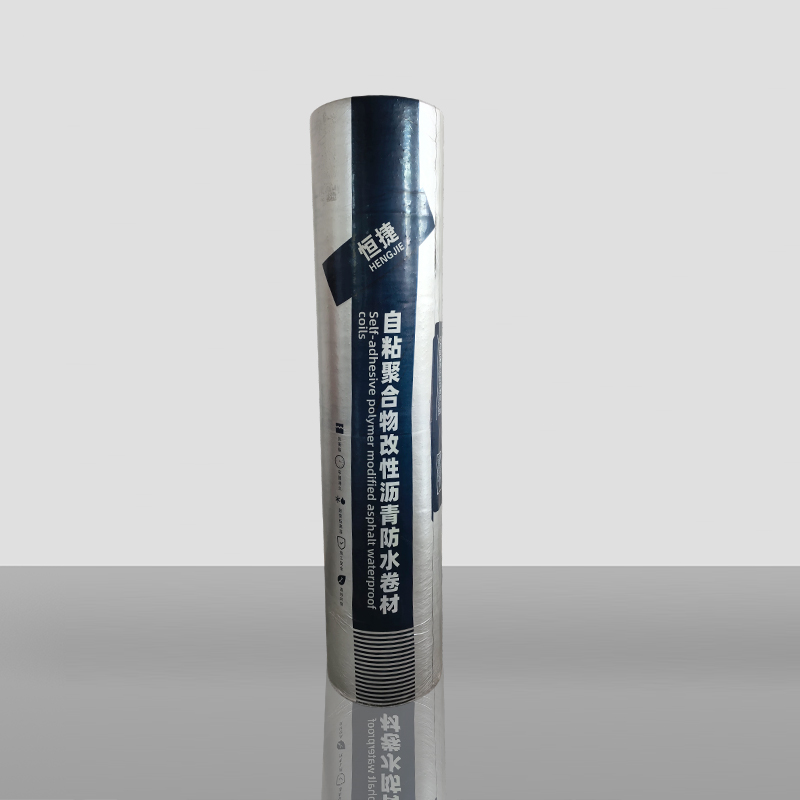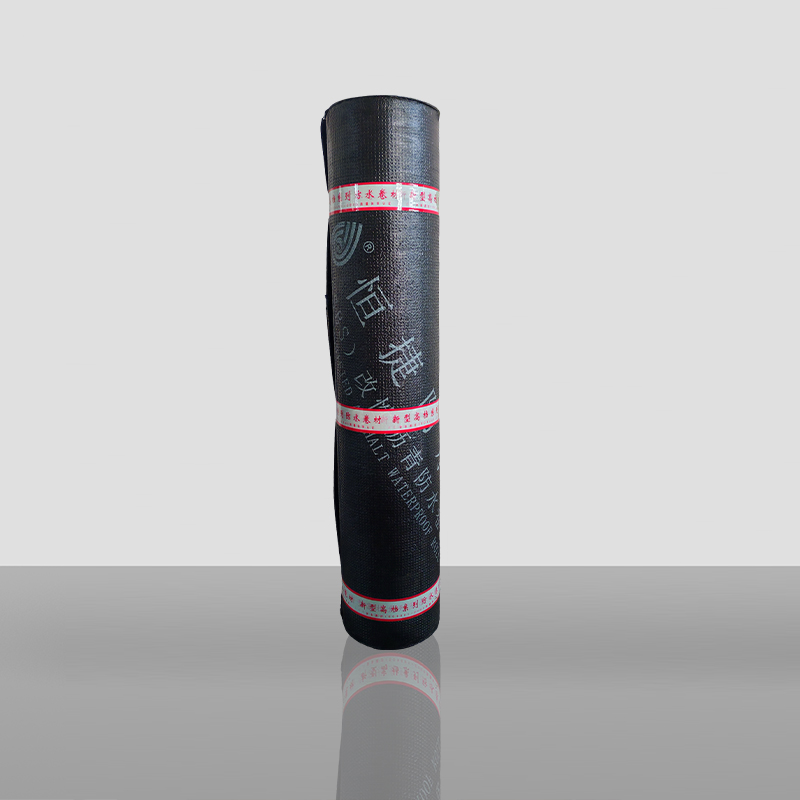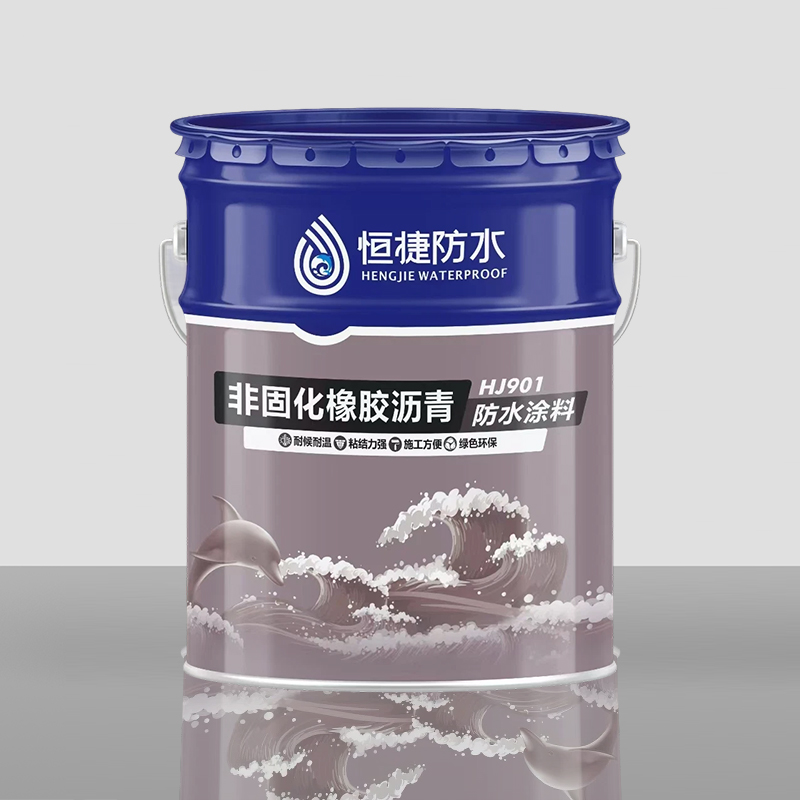How does the UV resistance of the substrate improve after using polymer liquid membrane?
Release Time : 2025-05-21
After using polymer liquid membrane, the UV resistance of the substrate is significantly improved, which provides reliable protection for the application of various materials in outdoor or high UV radiation environments. As a high-performance protective coating, polymer liquid membrane can not only effectively resist the erosion of UV rays on the substrate, but also extend the service life of the material and maintain its appearance and functional properties. The following will discuss in detail how polymer liquid membrane improves the UV resistance of the substrate and the principles behind it.
First, polymer liquid membrane usually contains special UV absorbers and stabilizers, which can effectively absorb and disperse UV energy to prevent it from directly acting on the surface of the substrate. UV absorbers convert harmful UV rays into harmless heat energy through chemical reactions and release them, thereby avoiding UV rays from damaging the molecular structure of the substrate. In addition, stabilizers can capture free radicals and prevent the occurrence of photo-oxidation reactions, further enhancing the weather resistance of the material. This dual protection mechanism allows the substrate to maintain its original performance under long-term exposure to UV rays.
Secondly, the chemical structure of polymer liquid membrane itself also has an important impact on UV resistance. High-quality polymer liquid membranes usually use small molecular monomers with high bond energy and good stability for polymerization to generate strong and durable long-chain polymers. Such polymers have high UV resistance and are not prone to degradation or discoloration. At the same time, some advanced polymer liquid membranes also introduce nano-scale fillers or functional additives. These tiny particles not only increase the overall strength of the coating, but also further reflect and scatter UV rays to form additional barrier protection.
In addition, the thickness and uniformity of polymer liquid membranes are also key factors in determining their anti-UV effect. Thicker and uniform coatings can provide more comprehensive coverage to ensure that every corner is fully protected. During the construction process, the coating operation must be strictly carried out in accordance with the process requirements to ensure that the coating thickness is moderate and evenly distributed. This can not only improve the overall protection performance, but also reduce the risk of protection failure caused by local thinness. In addition, a reasonable design of the number of coating layers can also help enhance the anti-UV ability. The multi-layer composite structure can form a multiple protection system to further block UV penetration.
It is worth noting that the color selection of polymer liquid membranes also affects the ability to receive UV rays. Light-colored coatings usually have better reflectivity, which can reflect most of the incident light and reduce the proportion of UV rays absorbed. Therefore, in some specific application scenarios, choosing white or other light-colored polymer liquid membranes can help further improve the UV resistance. Of course, for those applications with special requirements for appearance, the formula can also be adjusted to achieve both beautiful and efficient protection.
In order to ensure the long-term and stable UV resistance of polymer liquid membranes, correct construction methods and maintenance measures are essential. Before construction, the surface of the substrate must be thoroughly cleaned to remove oil, dust and other impurities to ensure good adhesion between the coating and the substrate. At the same time, the construction environment should be kept dry, clean and at a suitable temperature to avoid working under bad weather conditions. After the construction is completed, check the coating condition regularly and repair any damaged or peeled parts in time to prevent ultraviolet rays from invading the inside of the substrate from weak links. Good maintenance habits can not only extend the life of the coating, but also maintain its optimal protection state.
In addition to the above technical means, R&D personnel are constantly exploring new polymer materials and improving formulas to further improve the UV resistance. For example, polymer liquid membranes made of advanced nanomaterials such as graphene can quickly dissipate heat while absorbing ultraviolet rays due to their excellent electrical and thermal conductivity, greatly reducing the impact of ultraviolet rays on the coating and substrate. In addition, the research and development of bio-based polymers has also opened up a new path for environmentally friendly anti-ultraviolet coatings. This type of material not only has good protective performance, but also has the advantages of being renewable and low-pollution, which is in line with the development trend of green manufacturing.
Finally, with the advancement of science and technology, polymer liquid membrane technology will show great potential in more fields in the future. Whether it is aerospace, automobile manufacturing or architectural decoration industries, the demand for anti-ultraviolet coatings will grow. Through continuous innovation and improvement, polymer liquid membrane can not only provide excellent UV protection for various materials, but also bring more diversified and personalized solutions to meet the needs of different user groups. In summary, after using polymer liquid membrane, the anti-ultraviolet ability of the substrate has been comprehensively improved, laying a solid foundation for achieving efficient protection and long-term use.
First, polymer liquid membrane usually contains special UV absorbers and stabilizers, which can effectively absorb and disperse UV energy to prevent it from directly acting on the surface of the substrate. UV absorbers convert harmful UV rays into harmless heat energy through chemical reactions and release them, thereby avoiding UV rays from damaging the molecular structure of the substrate. In addition, stabilizers can capture free radicals and prevent the occurrence of photo-oxidation reactions, further enhancing the weather resistance of the material. This dual protection mechanism allows the substrate to maintain its original performance under long-term exposure to UV rays.
Secondly, the chemical structure of polymer liquid membrane itself also has an important impact on UV resistance. High-quality polymer liquid membranes usually use small molecular monomers with high bond energy and good stability for polymerization to generate strong and durable long-chain polymers. Such polymers have high UV resistance and are not prone to degradation or discoloration. At the same time, some advanced polymer liquid membranes also introduce nano-scale fillers or functional additives. These tiny particles not only increase the overall strength of the coating, but also further reflect and scatter UV rays to form additional barrier protection.
In addition, the thickness and uniformity of polymer liquid membranes are also key factors in determining their anti-UV effect. Thicker and uniform coatings can provide more comprehensive coverage to ensure that every corner is fully protected. During the construction process, the coating operation must be strictly carried out in accordance with the process requirements to ensure that the coating thickness is moderate and evenly distributed. This can not only improve the overall protection performance, but also reduce the risk of protection failure caused by local thinness. In addition, a reasonable design of the number of coating layers can also help enhance the anti-UV ability. The multi-layer composite structure can form a multiple protection system to further block UV penetration.
It is worth noting that the color selection of polymer liquid membranes also affects the ability to receive UV rays. Light-colored coatings usually have better reflectivity, which can reflect most of the incident light and reduce the proportion of UV rays absorbed. Therefore, in some specific application scenarios, choosing white or other light-colored polymer liquid membranes can help further improve the UV resistance. Of course, for those applications with special requirements for appearance, the formula can also be adjusted to achieve both beautiful and efficient protection.
In order to ensure the long-term and stable UV resistance of polymer liquid membranes, correct construction methods and maintenance measures are essential. Before construction, the surface of the substrate must be thoroughly cleaned to remove oil, dust and other impurities to ensure good adhesion between the coating and the substrate. At the same time, the construction environment should be kept dry, clean and at a suitable temperature to avoid working under bad weather conditions. After the construction is completed, check the coating condition regularly and repair any damaged or peeled parts in time to prevent ultraviolet rays from invading the inside of the substrate from weak links. Good maintenance habits can not only extend the life of the coating, but also maintain its optimal protection state.
In addition to the above technical means, R&D personnel are constantly exploring new polymer materials and improving formulas to further improve the UV resistance. For example, polymer liquid membranes made of advanced nanomaterials such as graphene can quickly dissipate heat while absorbing ultraviolet rays due to their excellent electrical and thermal conductivity, greatly reducing the impact of ultraviolet rays on the coating and substrate. In addition, the research and development of bio-based polymers has also opened up a new path for environmentally friendly anti-ultraviolet coatings. This type of material not only has good protective performance, but also has the advantages of being renewable and low-pollution, which is in line with the development trend of green manufacturing.
Finally, with the advancement of science and technology, polymer liquid membrane technology will show great potential in more fields in the future. Whether it is aerospace, automobile manufacturing or architectural decoration industries, the demand for anti-ultraviolet coatings will grow. Through continuous innovation and improvement, polymer liquid membrane can not only provide excellent UV protection for various materials, but also bring more diversified and personalized solutions to meet the needs of different user groups. In summary, after using polymer liquid membrane, the anti-ultraviolet ability of the substrate has been comprehensively improved, laying a solid foundation for achieving efficient protection and long-term use.







